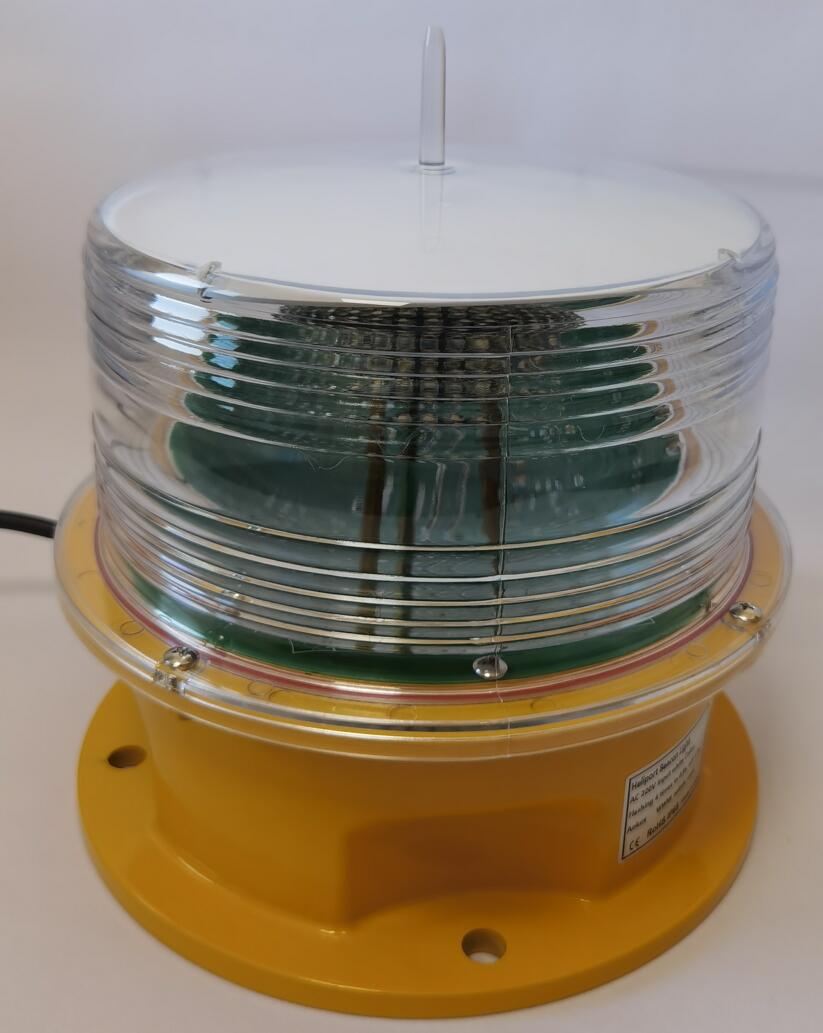In the fast-paced world of aviation, safety and efficiency are paramount. Among the essential components that ensure smooth operations, the heliport airport beacon light stands out as a critical tool for guiding pilots and enhancing visibility in challenging conditions. This indispensable lighting solution plays a vital role in both heliports and airports, supporting safe landings and takeoffs while meeting stringent aviation standards.
What is a Heliport Airport Beacon Light?
A heliport airport beacon light is a high-intensity lighting system designed to guide pilots to their landing or takeoff points, especially during low-visibility conditions such as nighttime, fog, or adverse weather. These beacons emit distinctive flashing signals that can be easily identified from a distance, providing clear directional cues for pilots. Installed at strategic locations, these lights are an integral part of aviation safety infrastructure.
Key Features of Heliport Airport Beacon Light
Heliport airport beacon lights are engineered to meet the unique demands of aviation. Some of their defining features include:
High Visibility: These lights are designed to emit powerful flashes that can be seen from long distances, ensuring pilots can identify heliports or airports even in challenging conditions.

Energy Efficiency: Modern beacon lights incorporate energy-efficient LED technology, reducing power consumption while maintaining high performance.
Weather Resistance: Built to withstand extreme weather conditions, these lights are made from durable, corrosion-resistant materials, ensuring reliable operation in diverse environments.
Customizable Flash Patterns: Many models allow operators to adjust flash patterns and colors to meet specific requirements or regulatory standards.
Low Maintenance: Advanced designs minimize the need for frequent maintenance, offering long operational lifespans and reducing overall costs.
| Heliport Airport Beacon Light | Heliport Airport Beacon Lights |
Applications of Heliport Airport Beacon Light
Heliport airport beacon lights serve various purposes across the aviation sector, including:
Heliport Identification: These lights help pilots locate heliports, especially in remote or urban areas where visibility may be obstructed by surrounding structures.
Airport Navigation: At airports, beacon lights assist in guiding aircraft to specific zones, reducing the risk of collisions or mislandings.
Emergency Services: For medical helicopters and other emergency response teams, these beacons ensure quick and safe access to landing zones during critical situations.
Military Operations: In defense applications, beacon lights are crucial for facilitating secure landings and takeoffs in diverse terrains and operational scenarios.
Enhancing Safety with Advanced Technology
The aviation industry has embraced cutting-edge technology to enhance the functionality of heliport airport beacon lights. Innovations such as solar-powered beacons, wireless control systems, and GPS synchronization are transforming the way these lights operate. Solar-powered models, for instance, eliminate the need for external power sources, making them ideal for remote locations. Wireless control systems enable operators to manage multiple beacons from a centralized hub, improving efficiency and flexibility.
Moreover, advancements in LED technology have significantly improved the performance of beacon lights. LEDs offer superior brightness, consume less energy, and have a longer lifespan compared to traditional lighting solutions. These enhancements not only improve safety but also contribute to cost savings and environmental sustainability.
Meeting Regulatory Standards
Compliance with aviation standards is a critical aspect of installing heliport airport beacon lights. Organizations such as the International Civil Aviation Organization (ICAO) and the Federal Aviation Administration (FAA) provide guidelines for the placement, intensity, and color of these lights. Adhering to these regulations ensures uniformity and safety across the global aviation network.
Benefits of Heliport Airport Beacon Light
The advantages of incorporating heliport airport beacon lights into aviation infrastructure are manifold:
Enhanced Visibility: Their high-intensity flashes ensure pilots can easily locate landing zones, reducing the likelihood of accidents.
Improved Efficiency: By providing clear guidance, these lights streamline landing and takeoff procedures, minimizing delays.
Cost-Effective Operation: Energy-efficient designs and minimal maintenance requirements lower operational costs over time.
Environmental Sustainability: LED and solar-powered models support green initiatives by reducing energy consumption and carbon emissions.
Versatility: Suitable for diverse applications, from civilian heliports to military bases, these lights are adaptable to various operational needs.
Future Trends in Heliport Airport Beacon Light
As the aviation industry continues to evolve, so do the technologies supporting it. Future developments in heliport airport beacon lights are likely to focus on greater automation, integration with smart systems, and enhanced durability. AI-powered systems could enable real-time monitoring and adjustment of beacon operations, further enhancing safety and efficiency.
Additionally, the push towards sustainability is expected to drive the adoption of more eco-friendly designs. Innovations such as energy storage systems and hybrid power solutions will play a pivotal role in reducing the environmental impact of aviation lighting systems.
The heliport airport beacon light is a cornerstone of aviation safety, guiding pilots with precision and reliability in all conditions. Its combination of advanced technology, energy efficiency, and compliance with global standards ensures it remains an essential tool for modern aviation. As the industry embraces new innovations, these lights will continue to illuminate the skies, supporting safer and more efficient air travel for years to come.